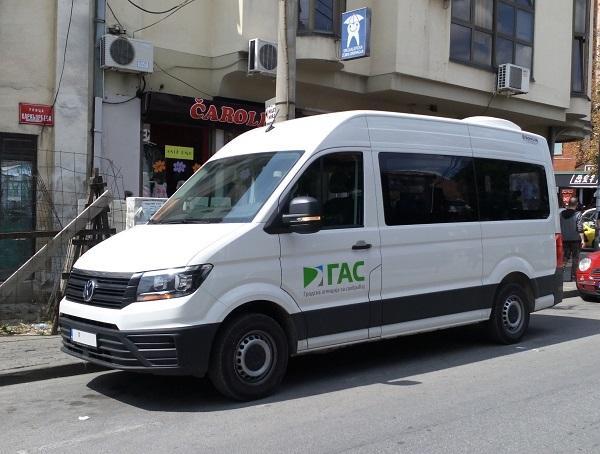15-passenger vans are a common mode of transportation for schools, churches, and other organizations, but they present a significant risk on the road. The National Highway Traffic Safety Administration (NHTSA) has identified these vehicles as having a higher risk of rollover accidents than other types of vehicles, and they are not designed to meet the safety standards of larger buses or commercial motor vehicles. In this article, we will explore the common hazards associated with 15-passenger vans and discuss ways to mitigate these risks.
- The most significant hazard of 15-passenger vans is the risk of rollover accidents. These vehicles have a higher center of gravity than other types of vehicles and are more prone to rollover when fully loaded or when taking turns at high speeds. Additionally, the lack of stability control systems, which are standard on most modern vehicles, makes them even more susceptible to rollover accidents. It is important to be aware of the limitations of these vehicles and to drive them with caution. This includes being aware of the weather conditions and the condition of the road surface, as well as being familiar with the vehicle’s handling characteristics and the proper procedures for emergency braking, evasive maneuvers and other safety measures.
- Another danger of these vehicles is that they are often driven by non-professional drivers who may not be familiar with the vehicle’s handling characteristics or safety features. This is especially true when the vehicle is used by a church or other community group, where the driver may not have the same level of training or experience as a professional driver. To mitigate this hazard, it is important to ensure that the driver is properly trained on the operation of the vehicle. This includes understanding the vehicle’s handling characteristics, as well as the proper procedures for emergency braking, evasive maneuvers and other safety measures.
- To mitigate these hazards, it is important to properly maintain and inspect the vehicle before each trip. This includes checking the tire pressure and condition, as well as the brakes, steering and suspension systems. It is also important to ensure that the vehicle is loaded correctly and that the weight is distributed evenly. Regular maintenance and inspections are necessary to ensure that the vehicle is in good working condition and that it will be able to handle the demands of the trip.
- It is also important for the driver to be properly trained on the operation of the vehicle. This includes understanding the vehicle’s handling characteristics, as well as the proper procedures for emergency braking, evasive maneuvers and other safety measures. This training is essential to ensure that the driver is prepared to handle the vehicle in different situations and to help prevent accidents from occurring.
- Another factor is to have a well-established and communicated safety plan for the organization or company. This includes outlining the expectations for the driver, including training and experience requirements, as well as the procedures for regular vehicle inspections and maintenance. Having a clear and communicated safety plan in place will help to ensure that all employees are aware of the risks associated with 15-passenger vans and that they are taking the necessary steps to mitigate these risks.
- Another way to reduce the risk of accidents is by using vehicles that are designed to meet the safety standards of larger buses or commercial motor vehicles. This includes using vehicles that have stability control systems, as well as other safety features such as airbags and seat belts for all passengers. These vehicles will be more equipped to handle the hazards of the road and will provide a safer ride for all passengers.
In conclusion, the dangers of 15-passenger vans cannot be ignored. These vehicles present a significant risk on the road, with a higher risk of rollover accidents of rollover accidents than other types of vehicles. It is important to be aware of the limitations of these vehicles and to take the necessary precautions to mitigate these hazards. Proper maintenance and inspections, driver training, and a well-established safety plan are essential to ensure the safety of all passengers. Employers and organizations should also consider using vehicles that are designed to meet the safety standards of larger buses or commercial motor vehicles. By taking these steps, we can help reduce the risk of accidents and ensure the safety of all passengers while on the road. Remember that safety should always be the top priority when operating or travelling in a 15-passenger van.
Image reference: https://commons.wikimedia.org/wiki/File:VW_Crafter_Mk2_Passenger_GAS.jpg


